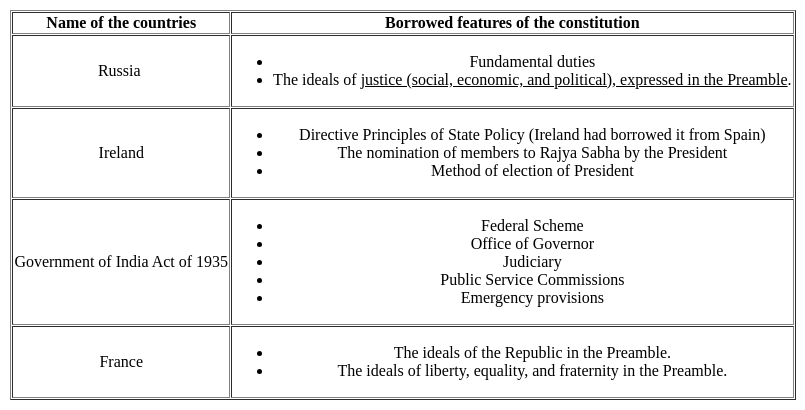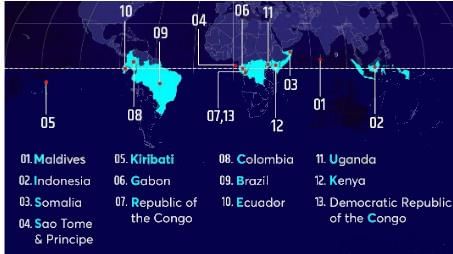MPPSC Paper 1 (GS) Mock Test - 2 - MPPSC (Madhya Pradesh) MCQ
30 Questions MCQ Test - MPPSC Paper 1 (GS) Mock Test - 2
The ideal of justice – social, economical and political in the preamble has been taken from:
What does it mean if the domain name ends with ".edu.us"?
Which of the following is the highest peak of Vindhya Range?
Which of the following sentences is correct about the World Wide Fund?
1. It is working in the field of wilderness preservation.
2. It is the world’s largest conservation organization.
3. It is an international non-governmental organization.
Which one is the largest city by areawise in Madhya Pradesh?
The 'Kati Bihu festival' is celebrated in which state/UT?
As one moves from the Equator towards Poles, one will observe:
1. Decrease in the length of longitudes.
2. Decrease in altitude.
3. Decrease in distance between longitudes.
Which of the above statements is/are incorrect?
Which one of the following percentage of solar radiation back and scattered to space ?
The Vedic Civilisation in India flourished along the river__________.
Which military force is scheduled to conduct Exercise Vayu Shakti-24 on 17 February 2024?
Which of the following district is not situated in Malwa Plateau?
The doctrine of harmonious construction was propounded by Supreme Court in which of the following cases?
Which of the following Indian states is closest to the equator?
Sironj tehsil of Rajasthan was included in which district of Madhya Pradesh?
What is the primary purpose of the strong law being introduced by the Madhya Pradesh government regarding examination procedures?
What was the magnitude of the recent earthquake that struck Singrauli in Madhya Pradesh?
What financial support does the Madhya Pradesh government offer to startups participating in competitions?
What is the primary objective of the Parbati-KaliSindh-Chambal Link Project?
What was the total number of artists who participated in the largest Kathak dance performance to set a new world record?
What initiative was announced by the Chief Minister related to tribal and folk arts?


















